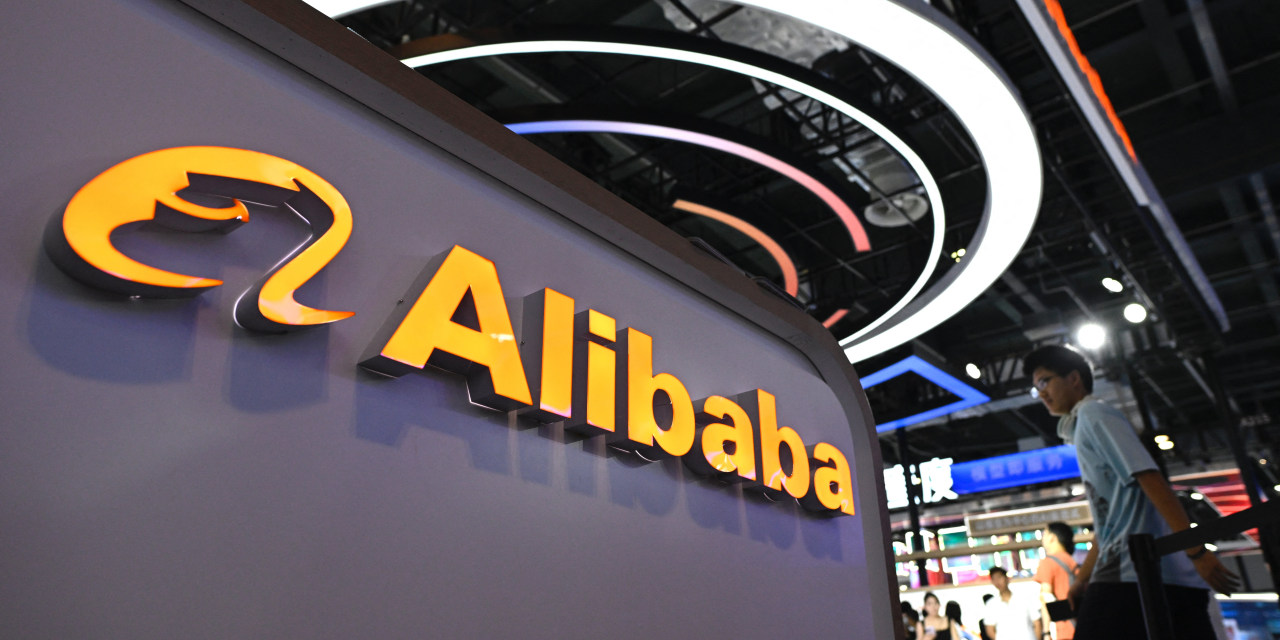A Global Market on the Rise
Once considered a niche category catering to individuals with celiac disease or gluten intolerance, gluten-free foods have now gone fully mainstream. According to Renub Research, the international gluten-free food market was valued at approximately US$ 6.64 billion in 2024. Driven by rising dietary awareness and a global push toward healthier lifestyles, the market is projected to expand at a CAGR of 8.75% between 2025 and 2033, ultimately reaching US$ 14.13 billion by 2033.
This remarkable growth reflects a broader cultural shift—from restriction-based diets to proactive wellness, convenience, and clean-label consumption.
What Exactly Is Gluten-Free Food?
Gluten-free foods are those that exclude gluten, a protein naturally found in wheat, rye, barley, and related grains. For people with:
✅ Celiac disease
✅ Non-celiac gluten sensitivity
✅ Wheat allergies
…gluten-free diets are medically essential to prevent inflammation, digestive discomfort, and long-term health complications.
However, the category today extends far beyond clinical needs. Many consumers now associate gluten-free products with:
✨ Easier digestion
✨ Weight management
✨ Natural and minimally processed foods
✨ Plant-based eating
This shift has helped transform gluten-free products—from specialty bakery items to everyday snacks, cereals, pasta, beverages, and ready-to-eat meals—into a global retail staple.
Key Drivers Fueling Market Growth
1. Rising Awareness of Gluten Intolerance & Celiac Disease
Better diagnostic tools, medical education, and advocacy have increased global awareness. As more patients seek tailored diets, gluten-free products are gaining widespread acceptance across supermarkets, online retail, and foodservice.
2. Health & Wellness Trends
Clean-label, organic, fortified, and plant-based gluten-free products are increasingly popular among fitness-conscious consumers—even those without medical sensitivities.
3. Product Innovation
Major manufacturers are introducing:
⭐ High-protein gluten-free breads
⭐ Fortified pastas
⭐ Plant-based bakery mixes
⭐ Snacks with alternative grains such as quinoa, almond, and rice flour
Better texture, improved taste, and nutritional enhancements are breaking old stereotypes that gluten-free means “dry” or “bland.”
4. E-Commerce & On-Demand Delivery
Digital retail has widened access, especially for consumers in smaller markets, creating new growth channels for emerging brands.
5. Celebrity, Social Media & Lifestyle Influence
Influencers, public figures, and wellness coaches have made gluten-free eating aspirational, accelerating mainstream adoption.
Top Companies Shaping the Gluten-Free Food Landscape
The industry features a dynamic mix of multinational giants, specialized food companies, and innovative startups. Key players include:
The Hain Celestial Group Inc.
ConAgra Brands Inc.
The Kraft Heinz Company
Raisio PLC
Hero Group AG
DuPont de Nemours, Inc.
Barilla G.E.R. Fratelli S.p.A.
Dr. Schär AG/SPA
Nestlé S.A.
Enjoy Life Foods Inc.
Amy’s Kitchen, Inc.
Bob’s Red Mill Natural Foods
Freedom Foods Group Limited
Mondelez International, Inc.
Canyon Bakehouse LLC
Glutafin
Seitz Glutenfrei
Bfree
These companies are competing not only on product variety and taste—but also on sustainability, clean-label claims, and allergen-free certifications.
SWOT Snapshots of Key Players
✅ DuPont de Nemours, Inc.
Strength:
Advanced research and ingredient innovation—particularly enzymes and hydrocolloids that improve the texture and elasticity of gluten-free baked goods.
Opportunity:
Strategic partnerships with food manufacturers to co-develop next-generation fortified and plant-based gluten-free solutions.
✅ Enjoy Life Foods Inc.
Strength:
A trusted pioneer in gluten-free and allergen-free snacks, with products free from 14 major allergens and backed by strict certifications.
Opportunity:
Expansion into ready-to-eat meals, cereals, and global e-commerce markets to meet rising demand for clean-label, health-forward foods.
Sustainability Spotlight: Nestlé S.A.
As one of the largest global food and beverage companies, Nestlé is driving sustainability in the gluten-free arena through:
♻ Net-zero emissions commitment by 2050
♻ Regenerative agriculture and climate-focused farming
♻ Sustainable packaging, targeting 100% recyclability by 2025
♻ Water stewardship and conservation programs
♻ Nutrition innovation, reducing sugar, salt, and saturated fats
By investing in cleaner supply chains and responsible sourcing, Nestlé is pushing the industry toward a greener, more transparent future.
Recent Industry Developments
📌 April 2025 – Dr. Schär AG acquired Canyon Bakehouse, boosting its U.S. footprint and product portfolio.
📌 October 2024 – Dr. Schär launched three new gluten-free snacks:
Peanut Butter Blondie Bites
Chocolate Brownie Bites
Mini Honeygrams
📌 January 2024 – General Mills rolled out new Betty Crocker gluten-free baking mixes, tapping into the booming home-baking trend.
📌 June 2022 – Kellogg’s restructured into three divisions—snacks, cereals, and plant-based foods—to drive innovation and agility across evolving dietary categories.
These developments highlight a rapidly consolidating market, where acquisitions and product launches are key growth strategies.
Market Outlook: 2025–2033
The future of the gluten-free food market promises:
✅ Greater product diversity
✅ Innovation in taste, texture, and nutrition
✅ Expanded private-label and budget-friendly offerings
✅ Growth in Asia-Pacific and Latin America
✅ Rising institutional demand—from hospitals, schools & airlines
With more consumers seeking inclusive, allergen-friendly, and sustainable foods, gluten-free is no longer a trend—it’s a global food movement.
Final Thoughts: A Market Moving from Diet to Lifestyle
The gluten-free category has officially crossed over from niche medical requirement to mainstream habit. As Renub Research forecasts solid growth through 2033, it’s clear the industry’s momentum is driven not only by necessity—but by preference, wellness culture, and innovation.
Whether fueled by health needs, lifestyle choices, or sustainability values, gluten-free foods are reshaping modern eating habits—and redefining the future of the global food industry.









